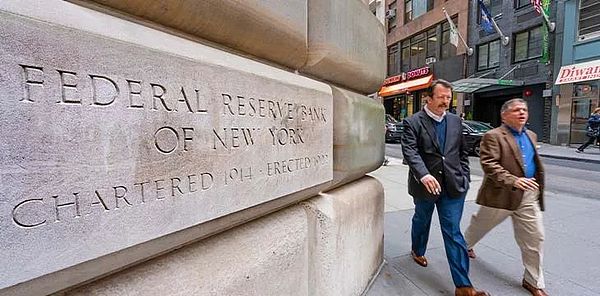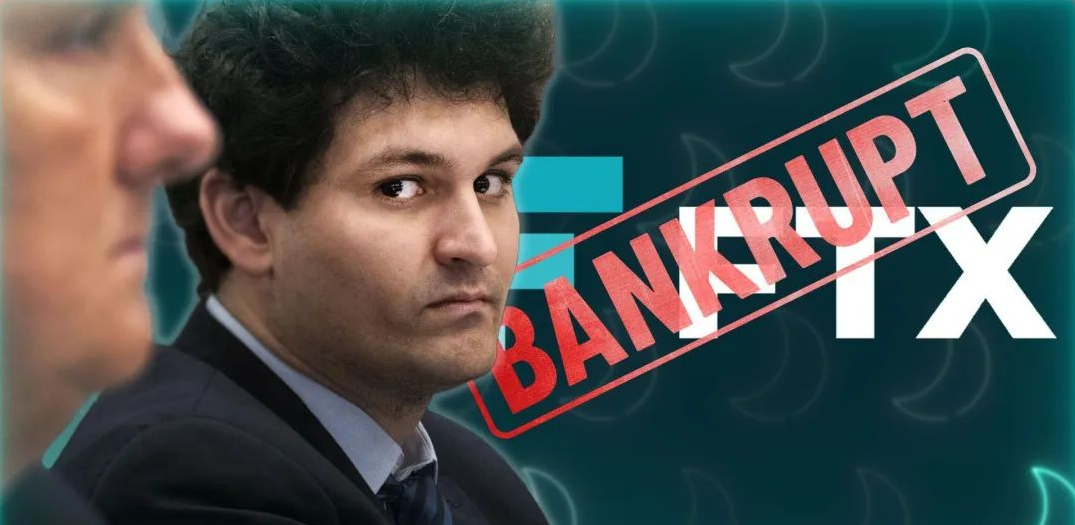5 key risks of USD stablecoins that the Federal Reserve is most concerned about
5 key risks of USD stablecoins that concern the Federal Reserve the mostThis week, the Federal Reserve sent a letter to regulatory officials of all Federal Reserve Banks and all national banks in the United States, announcing a new plan to supervise banks’ cryptocurrency activities and further clarifying that lenders under its jurisdiction must obtain approval before engaging in digital asset and so-called “Dollar Token” activities.
Background of the Federal Reserve’s Launch of the “New Activity Supervision Plan”
In January of this year, the Board of Governors of the Federal Reserve System issued a policy statement on Section 9(13) of the Federal Reserve Act, which restricts state member banks and their subsidiaries acting as fiduciaries to engage only in activities permitted by national banks, and requires banks to comply with the terms, conditions, and limitations of the Federal Reserve Banks and their subsidiaries.
The Office of the Comptroller of the Currency (OCC) specifically recognizes the right of domestic banks in the United States to use distributed ledger technology or similar technology as fiduciaries for payment activities, including the issuance, holding, or trading of “Dollar Tokens.” However, the OCC limits the legal permissibility of these activities to banks that can demonstrate appropriate control measures to conduct these activities safely and soundly, and satisfy their regulatory authorities.
- From Isolation to Collaboration The Significance of Data Pipelines in Web3
- Analyst The top 15 performing stock ETFs of the year are all related to cryptocurrencies.
- POW track turns red and heats up Dynex, coin price soars several times, facing multiple community doubts behind

In simple terms, if a bank regulated by the Federal Reserve needs to participate in stablecoin transactions, it must first demonstrate to the regulatory authorities that it can do so in a “safe and reliable manner,” and then obtain formal approval from the Federal Reserve. This may sound easy, but in practice, it is not easy to prove that they can “identify, measure, monitor, and control the risks” of their activities, let alone address security vulnerabilities related to customer runs and hackers.
So, how will the Federal Reserve review banks within its jurisdiction that wish to engage in cryptocurrency activities? Let’s continue–
5 “Dollar Token” Risks Most Concerned by the Federal Reserve
In fact, the Federal Reserve has provided a set of so-called “no objection process for Dollar Token activities,” from which we may be able to glimpse a clue:
First, the Federal Reserve requires banks within its jurisdiction engaged in cryptocurrency activities (including the issuance, holding, or trading of “Dollar Tokens” to facilitate payments by Federal Reserve member banks) to have taken appropriate control measures to conduct activities safely and soundly. To verify this requirement, Federal Reserve member banks should receive written notification from the Federal Reserve that it does not object to the proposed activity before engaging in it.
Second, Federal Reserve member banks seeking to participate in such “Dollar Token” activities (including for testing purposes) must notify their primary regulatory contact at the Federal Reserve of their intent to participate in the proposed activities and include a description of the activities. Federal Reserve regulators may follow up with the bank to seek more information in order to better understand the proposal and the implemented control framework. After receiving written notification of no objection, Federal Reserve member banks will continue to undergo regulatory review and enhance monitoring of these activities.
In order to obtain regulatory non-objection in writing, national member banks should demonstrate that they have established appropriate risk management practices for proposed activities, including having appropriate systems to identify, measure, monitor, and control the risks associated with their activities, and the ability to do so on an ongoing basis. Federal Reserve staff will also assess whether banks within their jurisdiction have demonstrated understanding of and will comply with applicable laws governing proposed activities, with particular focus on the risks related to “stablecoins” discussed in the introductory statement of the policy, including, but not limited to:
1. Operational risk: including risks related to network governance and oversight; clarity of roles, responsibilities, and obligations of relevant parties; transaction verification processes (e.g., timing and finality of settlement, potential irreversibility of transactions, and central authority of transaction records);
2. Cybersecurity risk: including risks related to the “stablecoin” transaction network, use of smart contracts, and use of any open-source code;
3. Liquidity risk: including the risk of large-scale redemptions of “stablecoins” within a short period of time leading to rapid outflows of deposits;
4. Illicit finance risk: including risks related to compliance with the Bank Secrecy Act and the requirements of the Office of Foreign Assets Control, which include requirements for banks to verify customer identities, conduct due diligence to understand the nature and purpose of customer relationships, and implement ongoing monitoring to identify and report suspicious activities;
5. Consumer compliance risk: including risks related to identifying and ensuring compliance with any consumer protection laws and regulations applicable to specific “stablecoin” activities.
Conclusion
The Federal Reserve’s policies, such as interest rate hikes or cuts, have always had a significant impact on the cryptocurrency market. The introduction of the “New Activities Regulatory Plan” will make it more difficult for traditional financial institutions such as banks to participate in cryptocurrency transactions, and they will also face stricter scrutiny. In the short term, these measures may cause market volatility, but in the long run, they have positive implications for the healthy development of the entire industry.
We will continue to update Blocking; if you have any questions or suggestions, please contact us!
Was this article helpful?
93 out of 132 found this helpful
Related articles
- Can tech giants bet on Web3 wallets to become a leverage point in the industry?
- What is the impact of improving the token economics of $RLB? What is its potential?
- Analyzing the first zk-fraud-proof system, the combination of Optimistic Rollup and ZKP
- The Metaverse applies continuous decoding of the ‘hard technology’ of the Hangzhou Asian Games.
- US Treasury Bonds Drive the RWA Track to Heat Up How Can Players with Different Genes Innovate?
- Considering from two perspectives integrating Fantom with OP Rollup to connect Fantom to Ethereum.
- Messari Optimism data analysis shows that it is the fastest-growing ecosystem in the past 30 days, with a market value growth of over 50%.





